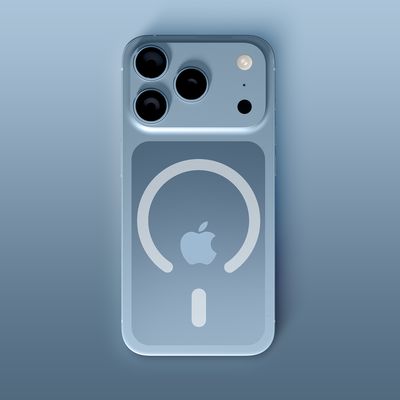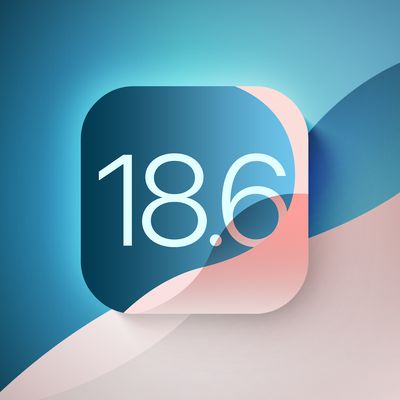Adobe today announced that hackers have managed to obtain information on approximately 2.9 million of its customers that have downloaded its software, including customer IDs, encrypted passwords, customer names, encrypted credit/debit card numbers, expiration dates, and other information on customer orders.

Adobe does not believe that the attackers were able to obtain decrypted credit or debit card numbers from its system, and is currently working with external partners and law enforcement to address the issue.
As a precautionary measure, Adobe is contacting users with affected accounts, initiating password resets. The company is also offering customers that had their credit or debit card information accessed the option of enrolling in a one-year complimentary credit monitoring service.
As a precaution, we are resetting relevant customer passwords to help prevent unauthorized access to Adobe ID accounts. If your user ID and password were involved, you will receive an email notification from us with information on how to change your password. We also recommend that you change your passwords on any website where you may have used the same user ID and password.
We are in the process of notifying customers whose credit or debit card information we believe to be involved in the incident. If your information was involved, you will receive a notification letter from us with additional information on steps you can take to help protect yourself against potential misuse of personal information about you. Adobe is also offering customers, whose credit or debit card information was involved, the option of enrolling in a one-year complimentary credit monitoring membership where available.
We have notified the banks processing customer payments for Adobe, so that they can work with the payment card companies and card-issuing banks to help protect customers’ accounts.
We have contacted federal law enforcement and are assisting in their investigation.
In addition to customer accounts, the hackers also accessed the source code of a number of Adobe products, but Adobe says that it is unaware of any increased risk to customers as a result of that particular attack.




















Top Rated Comments
�� I think I have an idea!
Generally, it's a good idea to have everyone change their password anyway, just in case the algorithm eventually proves to be vulnerable to attack, or an attacker is properly motivated and willing to spend enough time to crack your password. Some hashes still in use today are considered vulnerable, though, so attackers may very well already be crunching through the hashes and getting plaintext passwords. One can hope Adobe is using a more secure hash, but plenty of big companies have used insecure algorithms in the past.
Hashes are designed not to be reversible, unlike regular encryption designed for actual decrypting at some point, but if the algorithm is known it's possible to simply use it to hash a bunch of password guesses, and then compare those guesses to the hashed passwords. Just search through the database for hashes you've made yourself, and you know the password for each of the accounts with the same password hash. It's essentially a dictionary attack, but it bypasses whatever system Adobe uses to prevent unlimited repeated invalid password entries (like locking your account after a certain number of attempts, or adding delays to the algorithm/webpage so it would take a prohibitively long time to try every possible password).
One method of preventing lookup table attacks like the above is to add a "salt" to the password before it's hashed so the result in the database isn't something the attacker can generate for a table without knowing the salt. Any old salt won't do, though. It needs to be a cryptographically-secure pseudo-random number, unique to each account, never reused when a user changes their password, and long enough that an attacker can't simply make as many tables as there are possible salts. Bear in the mind, the salt still has to be stored alongside the hash in order to authenticate a user, so an attacker knows the salt to use. But, by using a nice long pseudorandom salt for every individual password, each individual password needs a separate lookup table to brute force. Dictionary attacks are still possible if the hash algorithm and salt method is known, but take incredibly long amounts of time to crack the whole database and incredibly large amounts of storage. Against a single specific user, their password may be discovered, but only that one user, and only if they used a guessable password, and each single specific user will require a separate attack. In other words, they're still doing an ordinary dictionary attack, and the usual rules about making your passwords resistant to dictionary attacks apply. Properly salted passwords hashed with a modern secure algorithm are simply not feasible to extract from a database like this, en masse, but it's still a good idea for everyone to change their passwords. It's also a good idea to change any other passwords you have if you've made the common error of reusing passwords on multiple sites.
Hackers are good but they aren't miracle workers.
Either way, bummer. :/